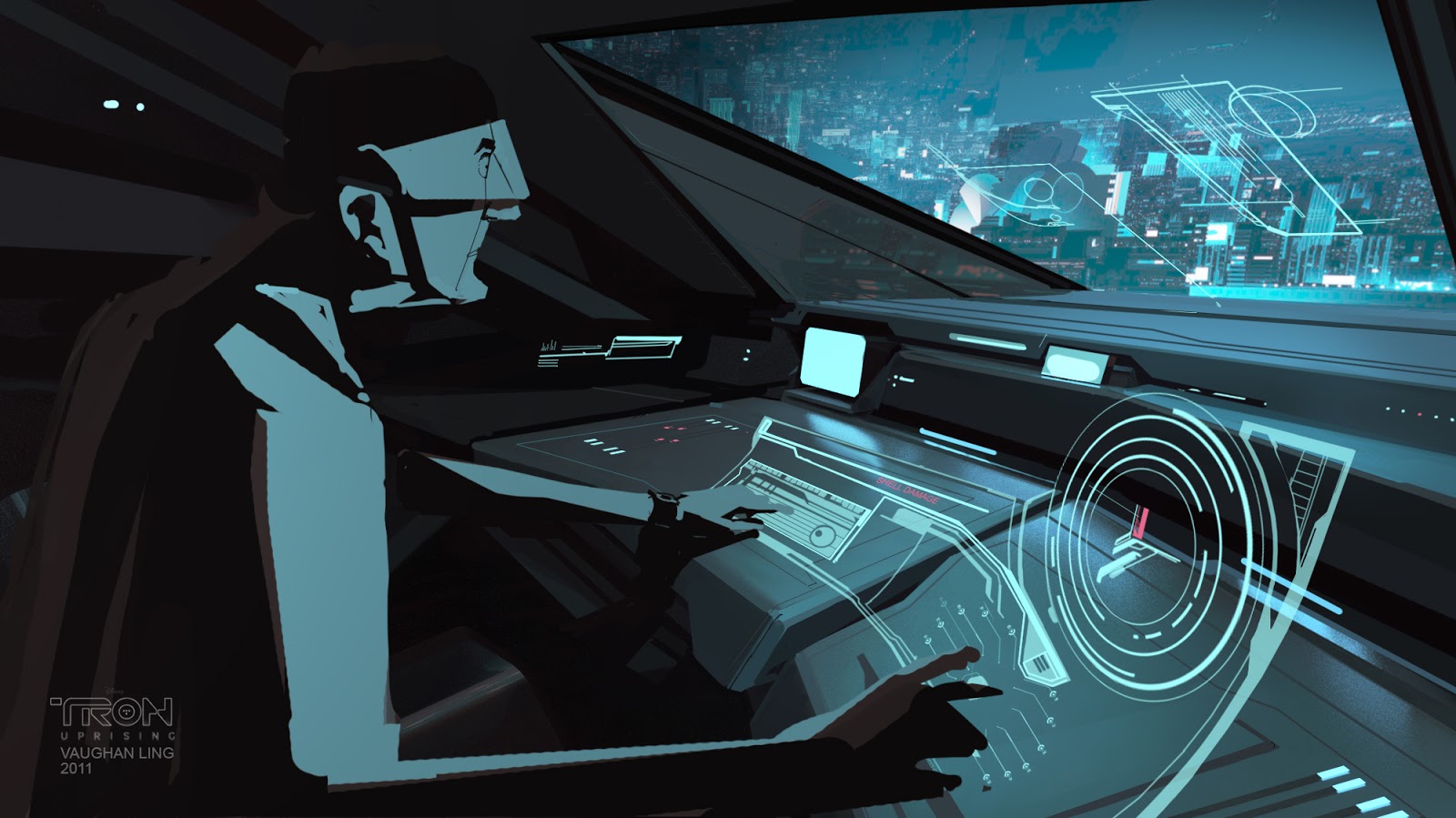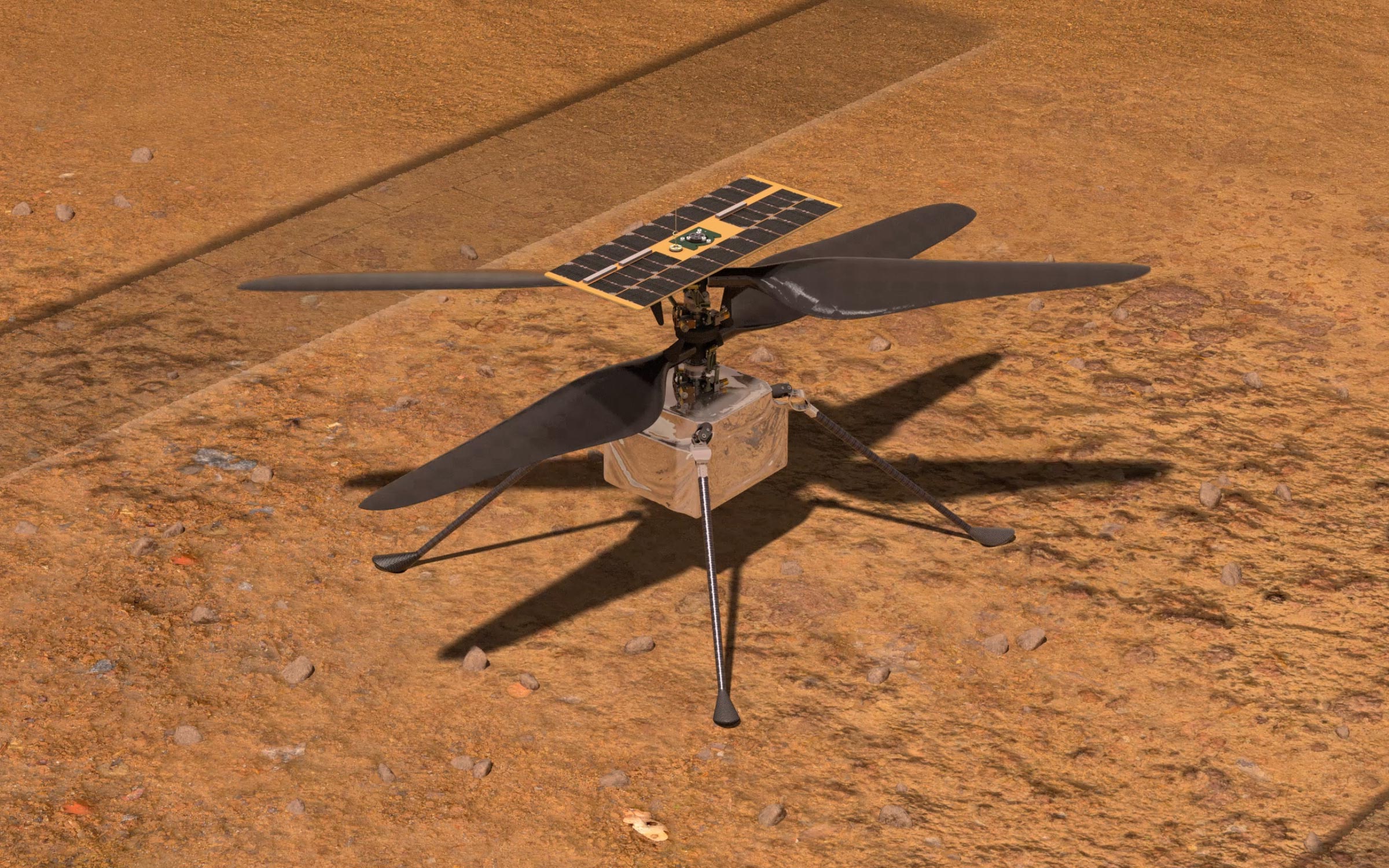
Here's my story about that, as well as in-depth reviews of those three services:Īlso: My ancestry adventure: When DNA testing delivers unexpected and unsettling resultsīy the way, a spokesperson at Ancestry reached out to me to talk about the data privacy concerns I raised in this article. By combining the DNA tests with Ancestry's research database, my wife and I were able to answer some long-kept mysteries about our family trees. It's been interesting - and also disturbing. I, personally, have now tested three services: Ancestry, 23andMe and LivingDNA. Some are better than others, so you should not only take our information into account when spending on a service, but look for reviews and stories posted by those who have used the services to see what their experiences have been. In the guide, we present to you 10 of the more interesting DNA services we've found. They can give you indications, but taking a DNA test won't magically produce a history book of your family's background.

Which test you take depends entirely on what you're looking for. Because the Y-DNA and mtDNA tests are more focused on one side of the line, you can get information going back farther, but with less data about family structure. The mtDNA is matrilineal and lets you trace your ancestry back through your mother, her mother, and her mother going back.Īutosomal tests can get you quality genetic information going back about four or five generations. The Y-DNA test can only be administered to men, and traces DNA back through the patrilineal ancestry (basically from father to grandfather to great grandfather). They can be administered to both men and women, and trace back through the lineage of both sexes. Today, autosomal tests are the most common. Generally, there are three different test types: Autosomal, Y-DNA, and mtDNA. The reason you need to understand a bit about chromosomes is that you're about to make a decision: Which test type do you choose? That's next.

As you move back in time to grandparents and great grandparents and great great grandparents, and then down other branches of the tree to first cousins, second cousins, third cousins, fourth cousins, and so forth, less and less of the DNA sequences will match. The fingerprint has, essentially, been diluted. That's why two siblings, born of the same two parents, will share a considerable amount of chromosomal data.Ĭousins, too, share chromosomal data, just not as much.
IFF UPDATE MY BACKGROUND TO NASA PICTURE OF THE DAY CODE
These chromosomes not only contain code for genetic characteristics, they also contain something of a genetic fingerprint of the parents in each child.


 0 kommentar(er)
0 kommentar(er)
